It is time to change your views about Chungking Mansions in Hong Kong
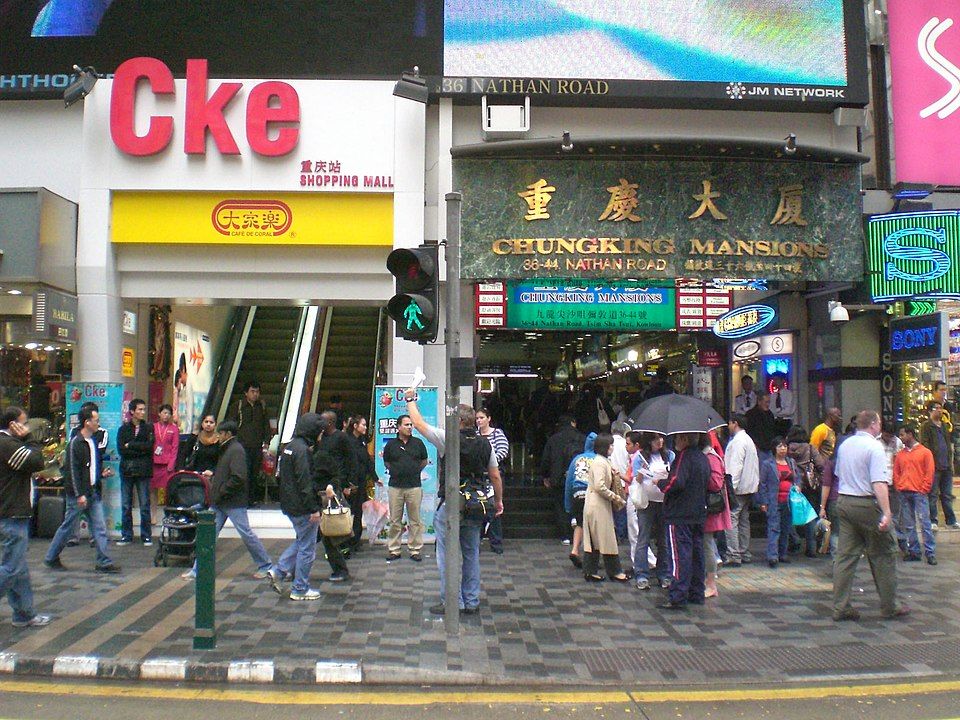
A few minutes every morning is all you need.
Stay up to date on the world's Headlines and Human Stories. It's fun, it's factual, it's fluff-free.
What comes to your mind when you hear the name Chungking Mansions? Is it the thought of the relentless touts outside the mansion urging passers-by to come in and visit the stores and restaurants? Or does it remind you of the famous 1994 film “Chungking Express” directed by Wong Kar-wai in which the mansion was featured?
For many people, the mention of Chungking Mansions often brings a frowned look on their face given its seedy reputation and a turbulent past. Some even try to avoid the building altogether. However, Chungking Mansions is more than just an infamous and chaotic complex. In fact, it is a symbolic melting pot of various cultures – a place where a true sense of community is reflected as well as a showcase of the diversity of Hong Kong.
Once you get to know more about the vibrant atmosphere of Chungking Mansions, it will shift to the top of your list of places to visit. Learning about the Chungking Mansions history may as well change the frown on the faces of many into a smile.
What is Chungking Mansions?
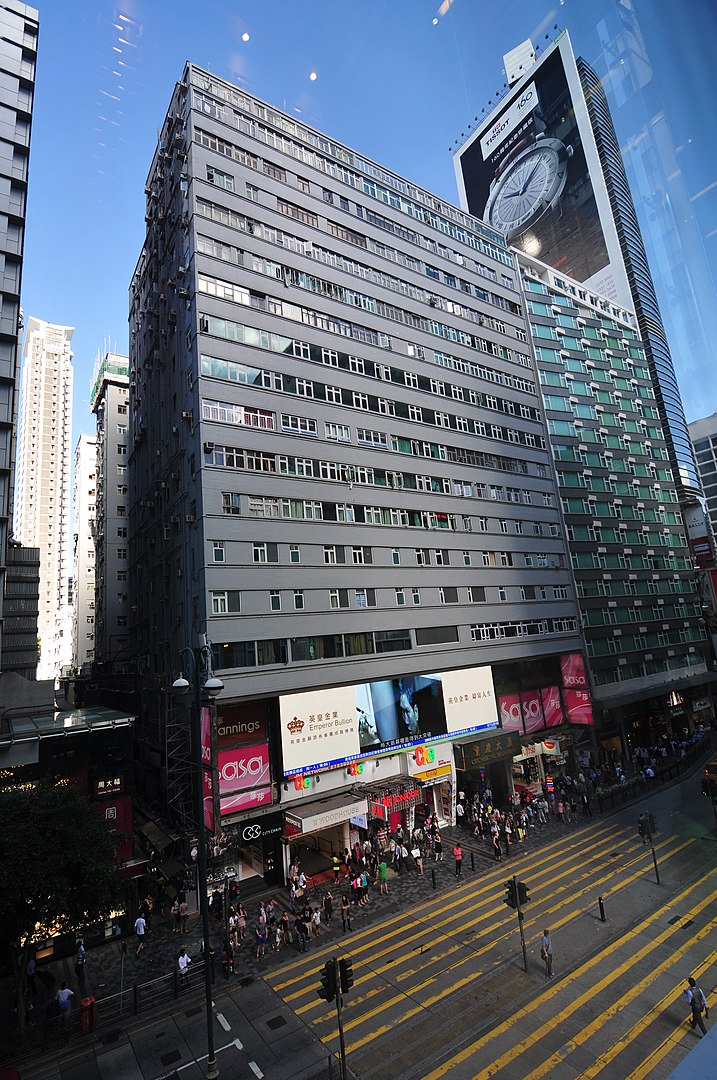
Located in the middle of the bustling streets of Tsim Sha Tsui, Chungking Mansions is a 17-story building made up of five connected blocks on Nathan Road. The building has 15 floors for residential use on top of a two-story mall which is surrounded by large advertisement boards of local chain stores. At the entrance, you’ll often find a flock of South Asian men handing out leaflets promoting the shops, restaurants and guest houses inside.
Inside this hybrid building are shops, restaurants, foreign exchange stores, hostels, guest houses and residential units as well as offices for non-governmental organizations (NGOs) like the Christian Action Centre for Refugees.
Upon entering the building and passing money exchangers, you will see a colorful array of shops selling traditional and colorful Southeast Asian clothing like sarees and dresses. You can even get a suit tailored at one of the clothing stores.
Opposite them are small Pakistani and Indian grocery stores selling snacks that you can hardly find in any other local shops in Hong Kong. Other stores sell electronics like mobile phones and offer repair services for various items like watches.
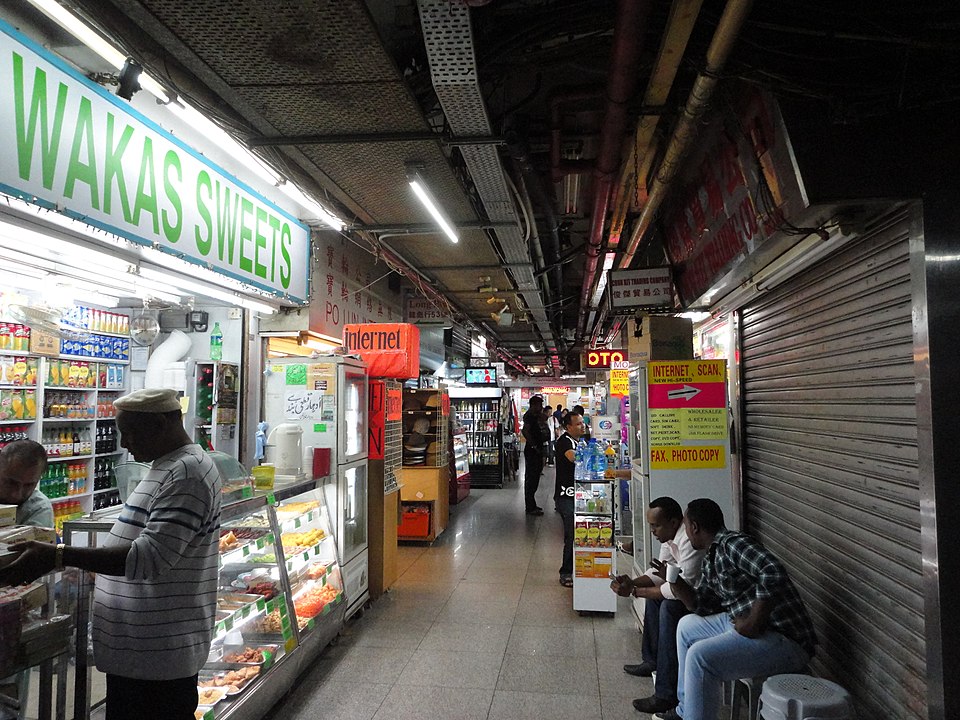
While you are busy shopping, you simply cannot escape the lingering aroma of curry and spices that wafts from the nearby restaurants and food stalls. Offering some of the most authentic Southeast Asian and African cuisine anywhere in Hong Kong, many of the inexpensive and cozy restaurants in Chungking Mansions are worth a visit. Most of them are family-owned businesses which have been operating for decades now.
If you are up for a heavy meal full of spices, some worthy mentions are Sher-e-Punjab, Turkish Kebab, Sedique Halal Mess and Khyber Pass Mess. Want to top off your meal with some dessert? Wakas Sweets is your next stop. There you will find Asian delights like soft melt-in-your-mouth Gulab Jamun, dense milk-based sweets like Barfi, pretzel-shaped Jalebi and more.
If you are just in the mood for some light snacks, the food stalls offer snacks like samosas, pakoras and even a cup of aromatic chai (milk tea) to savor. Truly, Chungking Mansions is a heaven for foodies.
Chungking Mansions history and origin
When Chungking Mansions was built in 1961, it was first meant to serve as a residential space for people in Hong Kong. However, Pakistani and Indian business owners gradually started to settle their businesses on the first two floors of the mansion. Along came refugees, backpackers and traders from all over the world.
This eventually transformed Chungking Mansions into a trading and business hub for Southeast Asians and Sub-saharan Africans. It is common to see African traders packing their suitcases with bundles of mobile phones to resell in their countries at a profit. Many backpackers also come to Chungking Mansions for its cheap and affordable accommodation.
The influx of people from different places in the world has granted Chungking Mansions the nickname of the “Little United Nations.” As the name suggests, the place is like the UN, where different issues that cross borders and cultures are discussed and peace is upheld. People like Jeffery Andrews also contribute to the community by helping the asylum seekers and newcomers settle in through the Centre for Refugees.
What really makes Chungking Mansions the place it is today is its people. The unity and closeness among the people in the mansions is a bond that can’t be found elsewhere. For the ethnic minorities who came to Hong Kong in the hopes of changing their fates but were met with rather unwelcome faces, Chungking Mansions became a safe haven for them. This building has given them respect, security and support.
It has also become a beacon of hope, giving them opportunities to work and expand. Despite the many different cultures under one roof, their coexistence is admirable. Here, different ethnic groups live harmoniously inside the mansions – even Indians and Pakistanis are friendly neighbors. Today, when the ethnic minority community is largely misunderstood, witnessing the strong sense of community and unbreakable unity among the people within has changed the views of many.
So, what are you waiting for? You could be at Chungking Mansions savoring a cup of cardamom tea with some samosas while enjoying the vibrant and palpable razzmatazz of the complex bustling around you.
Is your business doing something cool that you want to show off? Get in touch at hello@themilsource.com


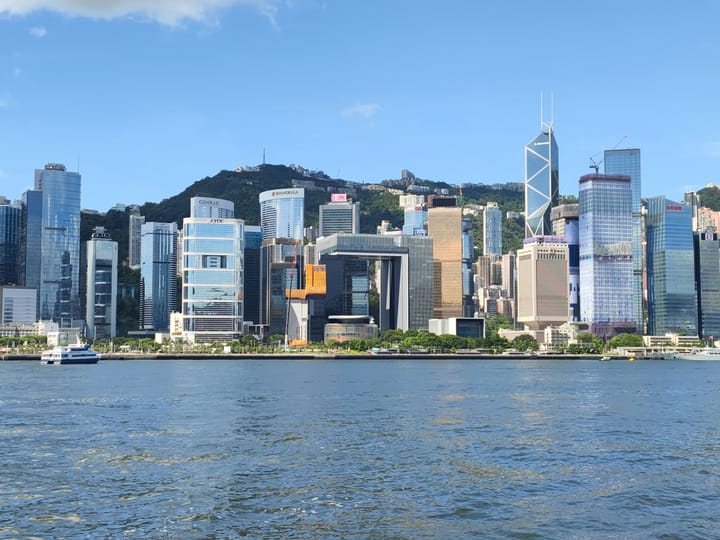
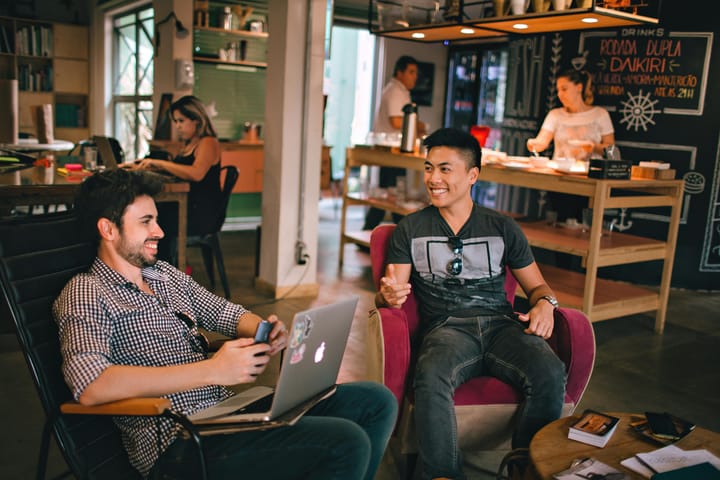
Comments ()